Kühlschrankmagnete: Die ultimative Geschichte
Von Alberto Queiroz am gepostet
Kühlschrankmagnete. Man sammelt sie auf Reisen und bekommt sie als Andenken von Freunden oder von der Pizzeria um die Ecke. Man befestigt damit Kleinigkeiten an seinem Kühlschrank: Familienfotos, unbezahlte Rechnungen, Einkaufslisten, Erinnerungen an dringende Aufgaben von vor Monaten.
Wenn Sie wie die meisten Menschen sind, denken Sie wahrscheinlich gar nicht groß über Ihre Kühlschrankmagnete nach. Sie sind einfach Teil der Innenausstattung, während Sie kommen und gehen.
Doch irgendwann wurden diese kleinen Sammlerstücke Teil unseres täglichen Lebens. Wann und wie ist das passiert? Heute werfen wir einen Blick auf die Geschichte der Kühlschrankmagnete und wie sie ihren Weg in unser aller Haushalte gefunden haben.
Die Ursprünge der Magnete
Es überrascht niemanden, dass die Geschichte der *Kühlschrank*magnete eng mit der der Kühlschränke verknüpft ist. Magnete selbst gab es jedoch schon länger. Magnetsteine – eine Art magnetisiertes Eisenerz – wurden bereits 2500 v. Chr. entdeckt, und magnetische Eigenschaften wurden seit etwa dem Jahr 1100 in Kompassen genutzt.
Doch während Magnete nichts Neues waren, als kurz vor den 1920er Jahren die ersten kommerziellen Kühlschränke auf den Markt kamen, fanden die neu entdeckten, dauerhafteren Stahlmagnete erst um diese Zeit ihren Weg in kommerzielle Anwendungen, wie beispielsweise in frühen Elektromotoren und Generatoren.
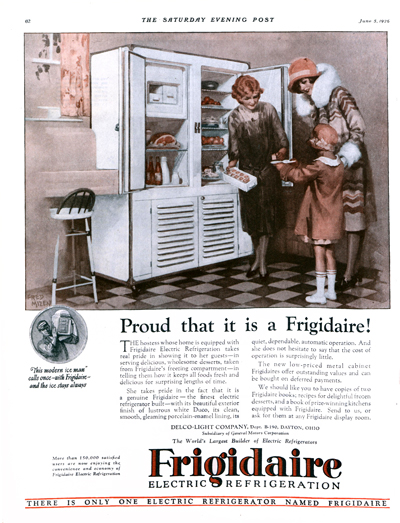
Die 1950er: Die frühen Jahre
Die 1950er markierten einen Wendepunkt – nicht für die Magnete selbst, sondern für das Kühlschrankdesign. Als emaillierter Stahl zum Industriestandard wurde, bekamen Kühlschränke eine glatte, haltbare und – am wichtigsten – magnetische Oberfläche
Zunächst war diese Veränderung rein praktischer Natur: Kühlschränke waren jetzt leichter zu reinigen und in einer Vielzahl von Farben erhältlich, passend zur boomenden Nachkriegskonsumkultur. Doch unbeabsichtigt wurde dadurch auch der Boden für etwas Neues bereitet. Da Metalltüren heute in Haushalten üblich sind, erhielten Magnete plötzlich einen neuen Zweck, der über industrielle Anwendungen hinausging.
Die größte Innovation bei Kühlschränken und Magneten war die Einführung der magnetischen Alnico-Legierung, die herkömmliche Türverschlüsse ersetzte. Diese Verbesserung machte Kühlschranktüren zuverlässiger und beseitigte die Sicherheitsrisiken, die ältere Schließmechanismen für Kinder darstellten.
Dekorative Kühlschrankmagnete waren zwar noch kein weit verbreiteter Trend, aber die Voraussetzungen waren nun geschaffen. In den kommenden Jahrzehnten, mit dem Wachstum von Werbung, Tourismus und Haushaltsorganisation, verwandelte sich die einfache Kühlschranktür in eine Schautafel für Erinnerungen, Souvenirs und persönlichen Ausdruck.
Die 1960er: Die Morgendämmerung der dekorativen Kühlschrankmagnete
In den 1960er Jahren waren Kühlschrankmagnete weit entfernt von den glatten, bunten, flachen Designs, die wir heute gewohnt sind. Sie waren rudimentärer, oft klobig und spiegelten die Material- und Fertigungsbeschränkungen der damaligen Zeit wider.
Kühlschrankmagnete gab es zwar, aber sie waren nicht die flexiblen, vollmagnetischen Gegenstände, die wir heute mit diesem Begriff assoziieren. Zu Beginn des Jahrzehnts waren sie typischerweise kleine, starre Objekte – etwa Keramik- oder Plastikformen mit einem winzigen, harten Magneten, der auf der Rückseite aufgeklebt oder eingelassen war. Dies waren keine "Magnete" im modernen Sinne, bei denen das Ganze haftet; der Magnet war nur eine Komponente.
Gängige Designs umfassten einfache geometrische Formen, Buchstaben, Zahlen oder einfache Figuren – wie Obst, Tiere oder Werbelogos. Sie waren oft klobig, und der Magnet (normalerweise ein spröder Ferrit- oder Alnico-Magnet) stand leicht hervor, wodurch sie nicht so bündig am Kühlschrank anlagen.
Aufgrund einfacher Mal- oder Formtechniken war die Farbauswahl begrenzt – gedeckte Rottöne, Blautöne, Gelbtöne oder schlichtes Weiß. Sie wurden normalerweise aus Hongkong oder Japan importiert.
Zu dieser Zeit waren Kühlschrankmagnete noch eher funktional als lustig. Das änderte sich gegen Ende des Jahrzehnts, als Sam Hardcastle, ein Erfinder und Formenbauer aus der Raumfahrtindustrie, die Aufgabe bekam, magnetische Buchstaben und Zahlen zur Verwendung auf großen Metalltafeln zu entwerfen.
Statt herkömmliche magnetische Materialien zu verwenden, experimentierte er mit der Mischung von Eisenoxid (im Wesentlichen Rostpulver) mit Vinyl und schuf so ein flexibles, vollständig magnetisches Material – also das gesamte Objekt und nicht nur ein aufgeklebtes Stück, das auf Metall haftet.
Hardcastle gründete eine Firma namens Ad Specialities. Seine Firma produzierte gegossene, dreidimensionale Gegenstände, die oft handbemalt oder in Vinyl getaucht waren. Wer in den 1960er- und 1970er-Jahren dabei war, erinnert sich wahrscheinlich an eine der berühmtesten Kreationen von Harcastles: etwa 6 mm dicke Magnete in Form von US-Staaten (wie Missouri oder Texas) mit erhabenen Details – vielleicht einer kleinen Kuh oder einem Kaktus für das gewisse Etwas.
Sie waren nicht flach wie die heutigen gedruckten, sondern fühlten sich haptisch wie geformt an und hatten manchmal eine glänzende Oberfläche. Die Farben wurden kräftiger, da Vinyl es zuließ – leuchtende Rot-, Grün- oder Blautöne – aber es waren noch immer nicht die fotorealistischen Drucke, die wir sie heute kennen. Diese Magnete waren größer und schwerer als frühere Versionen, dazu gedacht, Papier sicher zu befestigen, und dienten häufig auch als Souvenirs oder Werbegeschenke.
Ad Specialities existiert heute nicht mehr, ein Unternehmen namens Ideaman Incorporated wurde 1992 gegründet und produziert weiterhin Magnete getreu Hardcastles Originalentwürfen als Classic Magnets.
Die 1970er: Kühlschrankmagnete machen Spaß
Die Entwicklung der Kühlschrankmagnete machte 1972 mit der Veröffentlichung des legendären "School Days Desk" von Fisher-Price einen bedeutenden Schritt nach vorne – ein Lernspielzeug mit bunten magnetischen Buchstaben und Zahlen. Zwar hatten Unternehmen wie Child Guidance bereits zuvor ähnliche Konzepte eingeführt, doch die Version von Fisher-Price war bahnbrechend.
Diese Spielesätze enthielten zwar eigene Metallbretter, aber war das wirklich nötig? All diese auffälligen magnetischen Figuren landeten unweigerlich am größten Metallteil jedes Haushalts: dem Kühlschrank.
Etwa zur gleichen Zeit stieg ein anderer Erfinder, William Zimmerman, in das Kühlschrankmagnete-Geschäft ein und brachte seine "Magic Magnets" heraus, flache Magnete mit Cartoonfiguren, Smileys und anderen verspielten Figuren. Seine Magnete enthielten auch lustige oder inspirierende Sprüche (zeigen Sie ein Foto des lustigen Magneten).
Zimmerman war auch der Erste, der einen Auftrag zur Herstellung der ersten Kühlschrankmagnete für die Walt Disney Company erhielt, während sein Sohn eine konkurrierende Magnetfirma gründete und einen Auftrag zur Herstellung von Magneten für die Peanuts-Reihe an Land zog.
Die Einführung von Magneten mit populärem geistigem Eigentum war ein Wendepunkt in der Geschichte der Kühlschrankmagnete. Zeichentrickfiguren, Fernsehmaskottchen und Film-Tie-ins wurden überall erhältlich und kennzeichneten den Beginn von Kühlschrankmagneten als Sammlerstücke statt nur als Deko.
Mit der neuen Popularität erlangten Kühlschrankmagnete bald Sammlerstatus. Ein Lehrer, der eine der größten Magnetsammlungen Großbritanniens besitzt, begann beispielsweise bereits 1987 damit seine Magnete zu sammeln. Und welche ist die derzeit größte verzeichnete Sammlung? Es handelt sich um eine Sammlung von 35.000 Kühlschrankmagneten, die im stolzen Besitz von Louise Greenfarb aus Las Vegas ist, die diese Magnete seit den 70er Jahren sammelt.
(Es gibt keinen Grund zum Neid. Fangen Sie jetzt an, und auch Sie können in … fünfzig Jahren ein paar Zehntausend kleiner Kühlschrankmagnete besitzen. Erwarten Sie nur nicht, dass sie alle auf Ihren Kühlschrank passen!)
Die 1980er: Das goldene Zeitalter der Kühlschrankmagnete
In den 1980er und 1990er Jahren erfreuten sich Kühlschrankmagnete noch größerer Beliebtheit. Aus einfachen Werbemitteln wurden sie zu weit verbreiteten Sammlerstücken und Dekorationsartikeln.
Auf der ganzen Welt begannen Souvenirläden mit der Massenproduktion von Magneten mit Sehenswürdigkeiten, Flaggen und kulturellen Symbolen, die so zu unverzichtbaren Reiseandenken wurden. Gleichzeitig steigerten Marken und Unternehmen ihren Einsatz von flexiblen, gummierten Magneten zu Werbezwecken und boten ihren Kunden kostenlose, praktische Erinnerungen an ihre Dienste.
Fortschritte in der Fertigung – insbesondere die Verwendung flexibler, leichter Magnetstreifen aus Ferritpulver und Gummi – machten die Massenproduktion von Magneten in allen Formen und Größen günstiger und einfacher denn je. Die Verfügbarkeit von Spritzgussmagneten ermöglichte zudem kompliziertere und farbenfrohere Designs, sodass neuartige Magnete in vielen Haushalten zum alltäglichen Anblick wurden.
Kühlschrankmagnete übernehmen neue Rollen
Einer der größten Trends des Jahrzehnts waren massenproduzierte Souvenirmagnete. Reisemagnete gab es zwar schon früher, aber in den 1980ern erlebten sie einen beispiellosen Boom. Souvenirläden in Großstädten, Touristenattraktionen und Freizeitparks führten Magnete mit Sehenswürdigkeiten, Maskottchen und Motiven zu verschiedenen US-Staaten.
Eine weitere wichtige Entwicklung dieses Jahrzehnts war der Aufstieg von Kitsch- und Neuheitsmagneten. Unternehmen nutzten Magnete als Ausdruck ihrer Persönlichkeit und entwarfen Designs mit lustigen Slogans, Cartoonfiguren und Popkultur-Referenzen. Flexible Magnetfolien ermöglichten grenzenlose Kreativität. Diese wurden spontan in Souvenirläden gekauft oder als Partygeschenke verschenkt, um Vorstadtküchen eine persönliche Note zu verleihen.
Schließlich waren Werbemagnete allgegenwärtig. Lokale Unternehmen – von Pizzerien bis zu Immobilienmaklern – begannen, Kühlschrankmagnete zu verteilen, um ihre Kontaktdaten gut sichtbar zu platzieren. Unternehmen konkurrierten miteinander um den immer kleiner werdenden Platz auf Kühlschränken.
Die 1990er: Kühlschrankmagnete werden noch kreativer
In den 1990ern kamen fotorealistisch bedruckte Magnete auf, die Kühlschränke in kleine Fotoalben verwandelten. Familien und Unternehmen nutzten hochauflösende Bilder sowohl für persönliche Andenken als auch für farbenfrohe Werbegeschenke.
Interaktive Sätze – wie magnetische Poesie-Sätze und Mix-and-Match-Gesichtsmagnete – wurden zu Grundnahrungsmitteln in der Küche und luden zu verspielten Wortspielen und witzigen Charakter-Mashups ein. Gleichzeitig zierten weiterhin überall Kühlschranktüren Ikonen der Popkultur aus Disney, den Looney Tunes, Sitcoms und Blockbuster-Filmen.
Die 2000er: Personalisierung und Massenanpassung
In den frühen 2000ern veränderte ein Wandel hin zur Personalisierung die Welt der Kühlschrankmagnete dramatisch. Familien begannen, Magnete zu verwenden, um persönliche Erinnerungen zu präsentieren und verwandelten Küchen in Galerien mit Familienfotos und Meilensteinen.
Digitalkameras wurden zur Alltäglichkeit und das Teilen im Internet nahm zu. Dies führte dazu, dass individuelle Magnete zu einer beliebten Besonderheit wurden – von runden Geburtstagen bis hin zu stillen Alltagsschnappschüssen.
Dank der Massenindividualisierung, die durch Fortschritte im Digitaldruck und den Aufstieg der Online-Welt möglich wurde, konnten Kunden nun ihre eigenen Bilder hochladen und so Magnete erstellen, die so einzigartig waren wie ihre persönlichen Geschichten. Dieses neue Maß an Personalisierung führte zu Nischenprodukten wie individuellen Magneten für Hochzeits- und Geburtsankündigungen bis hin zu personalisierten Weihnachtskarten. Unternehmen passten ihre Produktionsprozesse rasch an, um maßgeschneiderte Bestellungen abzuwickeln und so der wachsenden Verbrauchernachfrage nach persönlichen und einzigartigen Produkten nachzukommen.
Retro-Designs behielten auch hier ihren Reiz, da klassische Magnete im Souvenirstil aus Nostalgie auf dem Markt blieben. Reisende sammelten Magnete als greifbare Erinnerung an ihre Abenteuer und kombinierten dabei neue personalisierte Optionen mit ihrer Liebe zur Vintage-Ästhetik. Darüber hinaus ermöglichten Materialinnovationen wie dünnere, robustere, flexible Magnetfolien größere und elegantere Designs.
Die 2010er: Der digitale Wandel und der Rückgang des Platzes am Kühlschrank
Die 2010er brachten zwei wichtige Veränderungen in die Welt der Magnete.
Zuerst übernahmen Smartphones und digitale Assistenten viele Aufgaben, die einst Kühlschrankmagneten vorbehalten waren. Fotos, Einkaufslisten und Terminerinnerungen wurden alle in Apps gespeichert. Magnete verloren dadurch einen Teil ihrer Nützlichkeit, behielten jedoch ihre dekorative Rolle. Was gab es sonst noch, um Ihrer Kücheneinrichtung Farbe und Charakter zu verleihen?
Zweitens kamen Kühlschränke aus Edelstahl auf den Markt. Sie wurden zum Must-have des Jahrzehnts, allerdings zu einem Preis: Viele von ihnen hatten nichtmagnetische Türen. Plötzlich wurde die klassische Kühlschrankgalerie, vollgestopft mit über Jahre und Jahrzehnte gesammelten Magneten, selten. In vielen Haushalten verschwand die liebgewonnene Angewohnheit, Notizen mit ihnen festzuhalten.
Doch trotz all dieser Veränderungen verlor der Souvenirmagnet nichts von seinem Charme. Reisende kauften und tauschten weiterhin Magnete als kleine, aber greifbare Erinnerung an ihre Reisen. In Online-Foren nutzten Magnetliebhaber sogar die Macht des Internets, um Magnete mit anderen Sammlern aus der ganzen Welt zu tauschen.
Kühlschrankmagnete an Kühlschränken, Schließfächern und Bürokabinen bewiesen, dass selbst im digitalen Zeitalter die Freude an einem physischen Andenken bestehen bleibt.
Die 2020er
Dank Plattformen wie Etsy verkaufen unabhängige Künstler jetzt weltweit einzigartige, handgefertigte Magnete.
Umweltfreundliche Materialien und "Buy One, Plant One"-Initiativen spiegeln die wachsende Nachfrage der Verbraucher nach nachhaltigen, stylischen Wohnaccessoires wider.
Gleichzeitig hat der 3D-Druck neue Möglichkeiten eröffnet: komplizierte Miniaturen, ineinandergreifende Puzzleteile und taktile Kreisel verleihen der Einrichtung eine verspielte Note. Es gibt eine ganz neue Welt an Möglichkeiten für individuelle Kühlschrankmagnete.
Individuelle Kühlschrankmagnete – ein aufkommender Trend
Einer der größten Trends dieses Jahrzehnts ist die Individualisierung.
Individuelle Produkte sind heutzutage weit verbreitet und Kühlschrankmagnete sind da keine Ausnahme. Ein Familienfoto, eine süße Aufnahme Ihres schönsten Katzenmoments, ein Firmenlogo oder was immer Ihnen sonst einfällt – was auch immer es ist, Sie können es drucken, stanzen und innerhalb weniger Tage an Ihren Kühlschrank setzen – etwas, wovon vor ein paar Jahren nur große Unternehmen träumen konnten.
Das führt uns natürlich direkt zu dem, worum es uns bei Sticker Mule geht. Unser Ziel ist es, die Erstellung – und den Verkauf – von individuellen Magneten weiter zu demokratisieren. Deshalb können Sie bei uns Ihre eigenen flexiblen oder Acrylmagnete erstellen und in Ihrem eigenen Sticker-Mule-Shop verkaufen.
Wie geht es weiter mit Kühlschrankmagneten?
Trotz des Aufkommens minimalistischer Wohnästhetik und digitaler Organisationstools haben Kühlschrankmagnete nichts von ihrer Attraktivität verloren. Während unser Leben immer virtueller wird, bleiben unsere Kühlschrankmagnete eine greifbare Erinnerung an eine unmittelbarere Lebensweise – an Abenteuer, die wir vielleicht erlebt haben, oder an Momente der Verbundenheit mit Familie und Freunden.
Sammlerstücke, Werbemittel, individuelle Erinnerungsstücke – in welcher Form und Gestalt wir sie auch verwenden, Kühlschrankmagnete bleiben uns erhalten, sowohl buchstäblich als auch kulturell. Tatsächlich wurde vor nicht allzu langer Zeit festgestellt, dass über 87 % der US-Amerikaner Kühlschrankmagnete verwenden. Ziemlich oft sogar.
Ja, die Welt hat sich stark verändert, seit Kühlschrankmagnete erstmals unsere Kühlschranktüren schmückten. Aber die kleinen dekorativen Magnetsouvenirs bleiben unbehelligt. Solange es Kühlschränke gibt, werden wir wahrscheinlich weiterhin Kühlschrankmagnete an unsere Türen setzen.
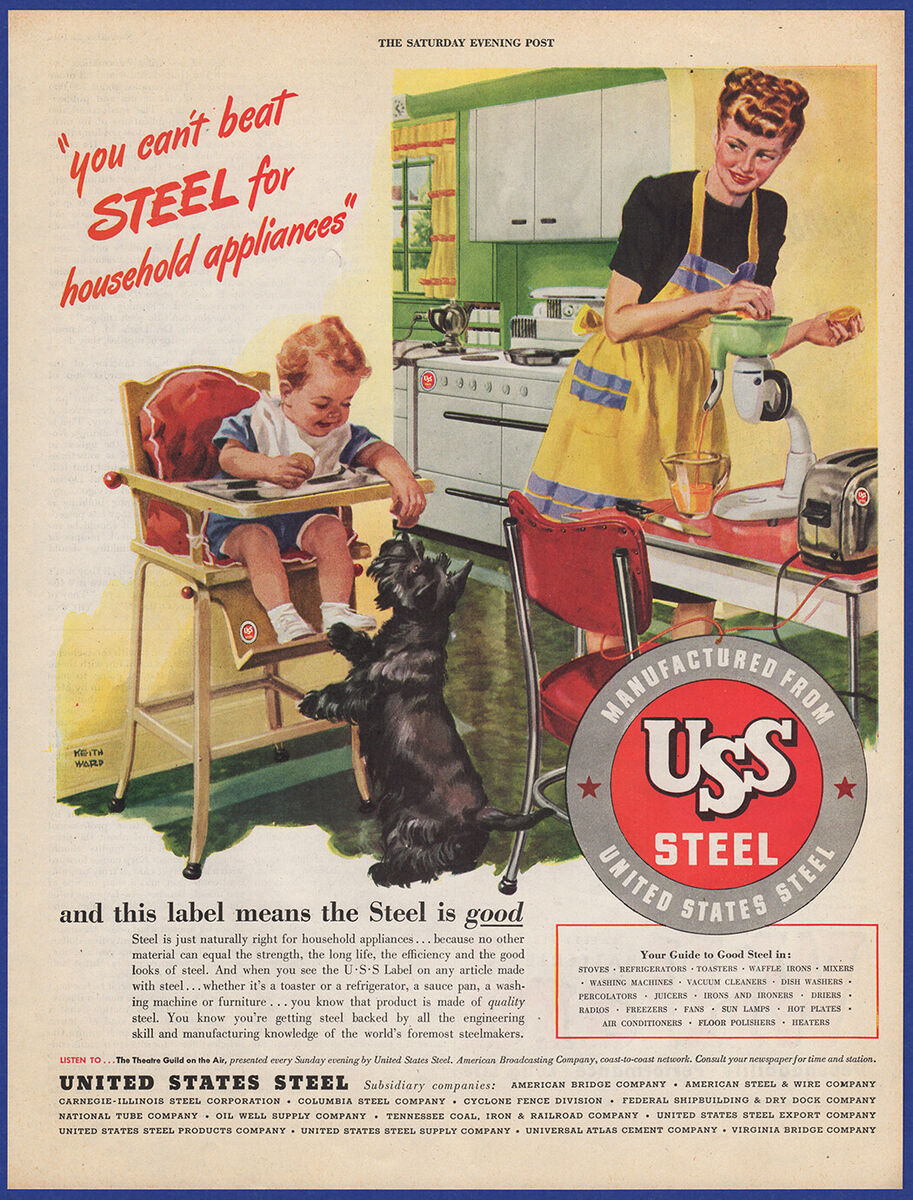
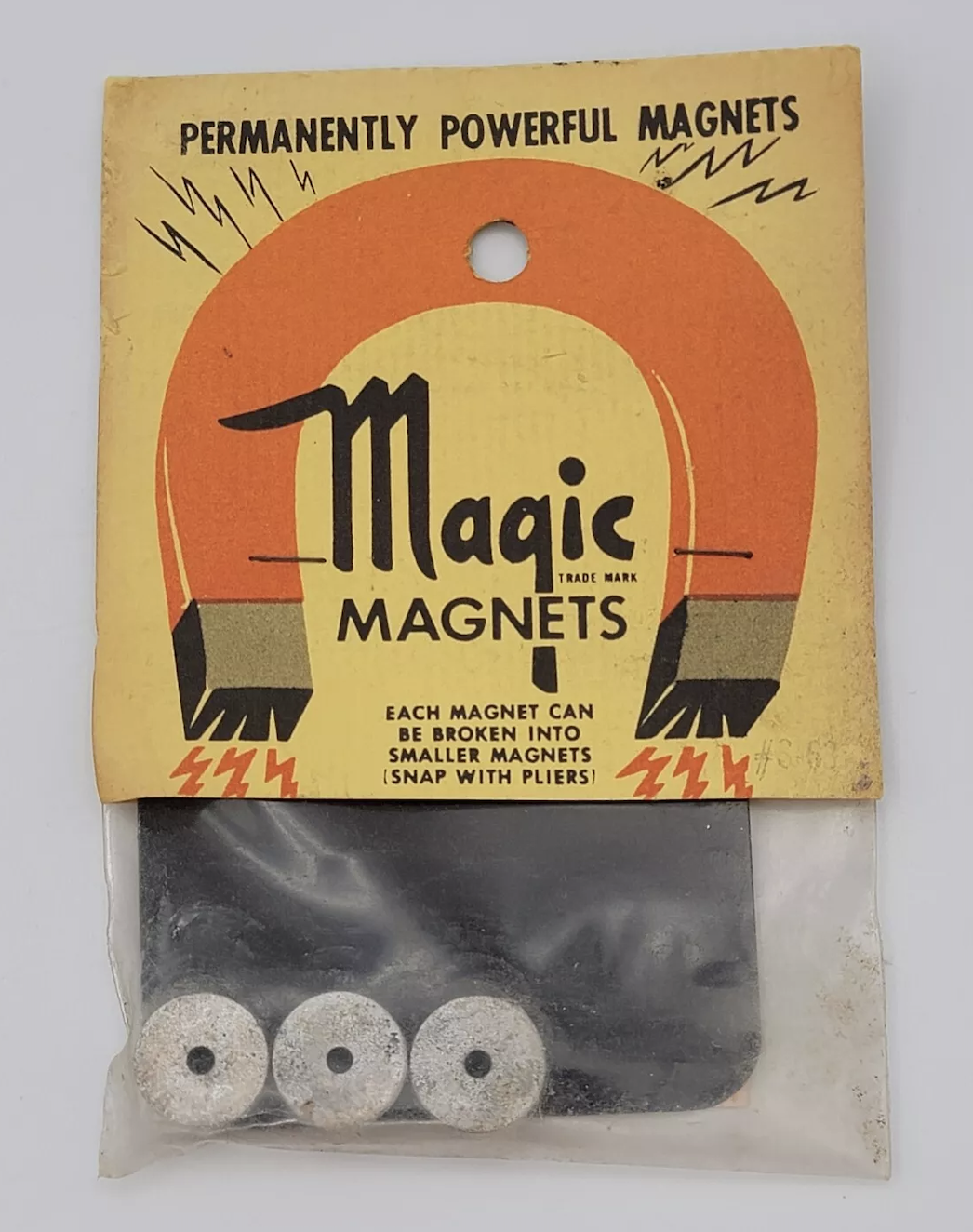

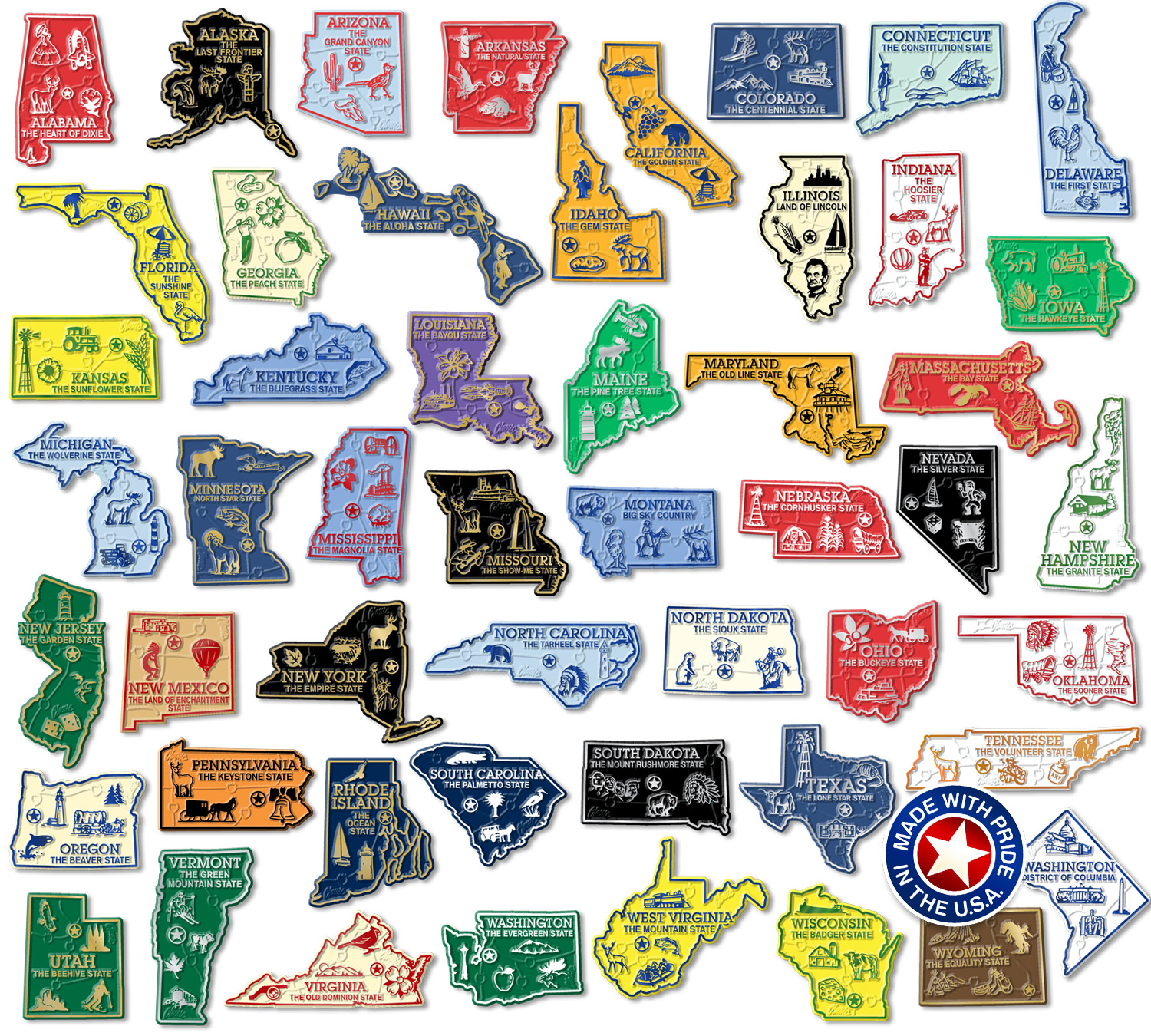
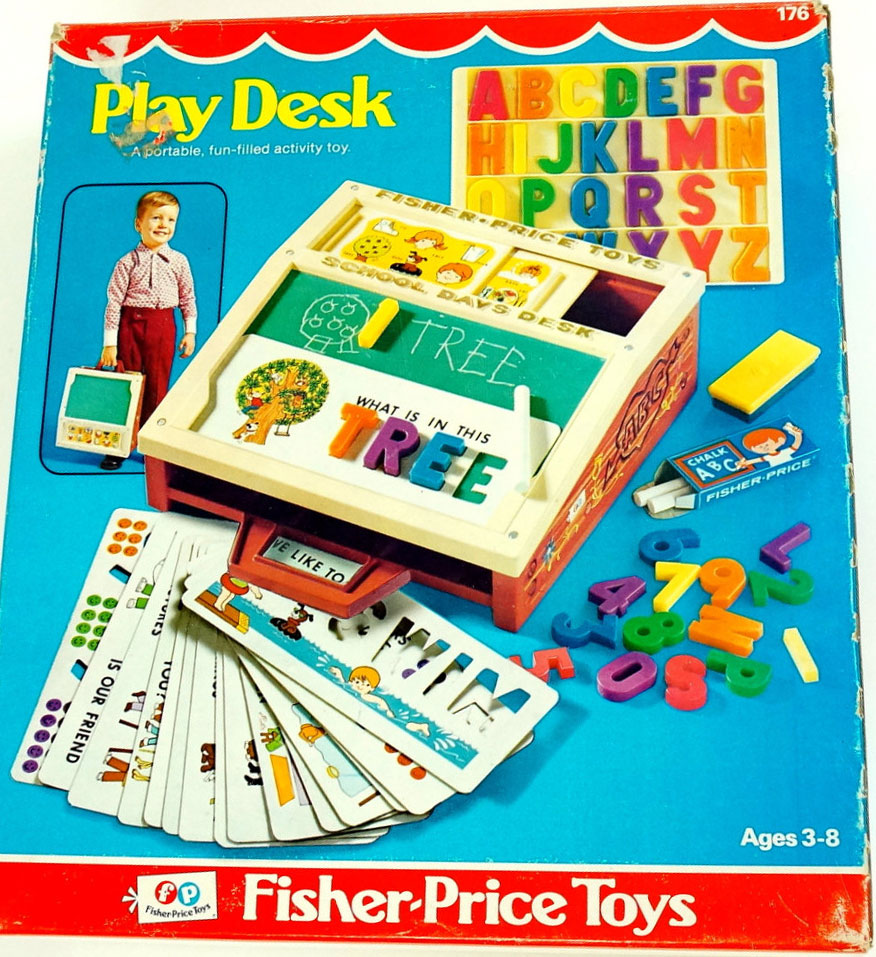
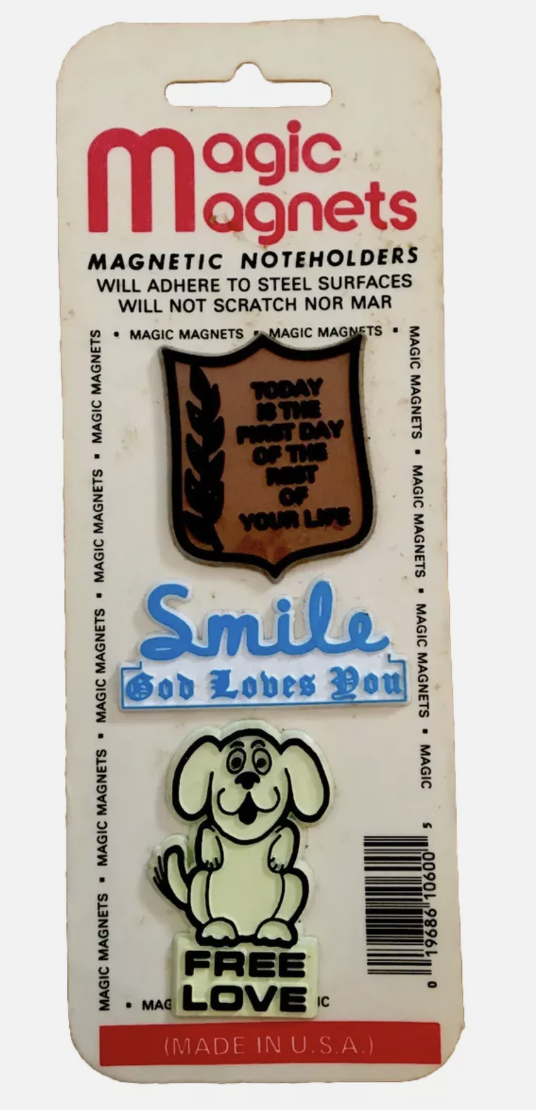
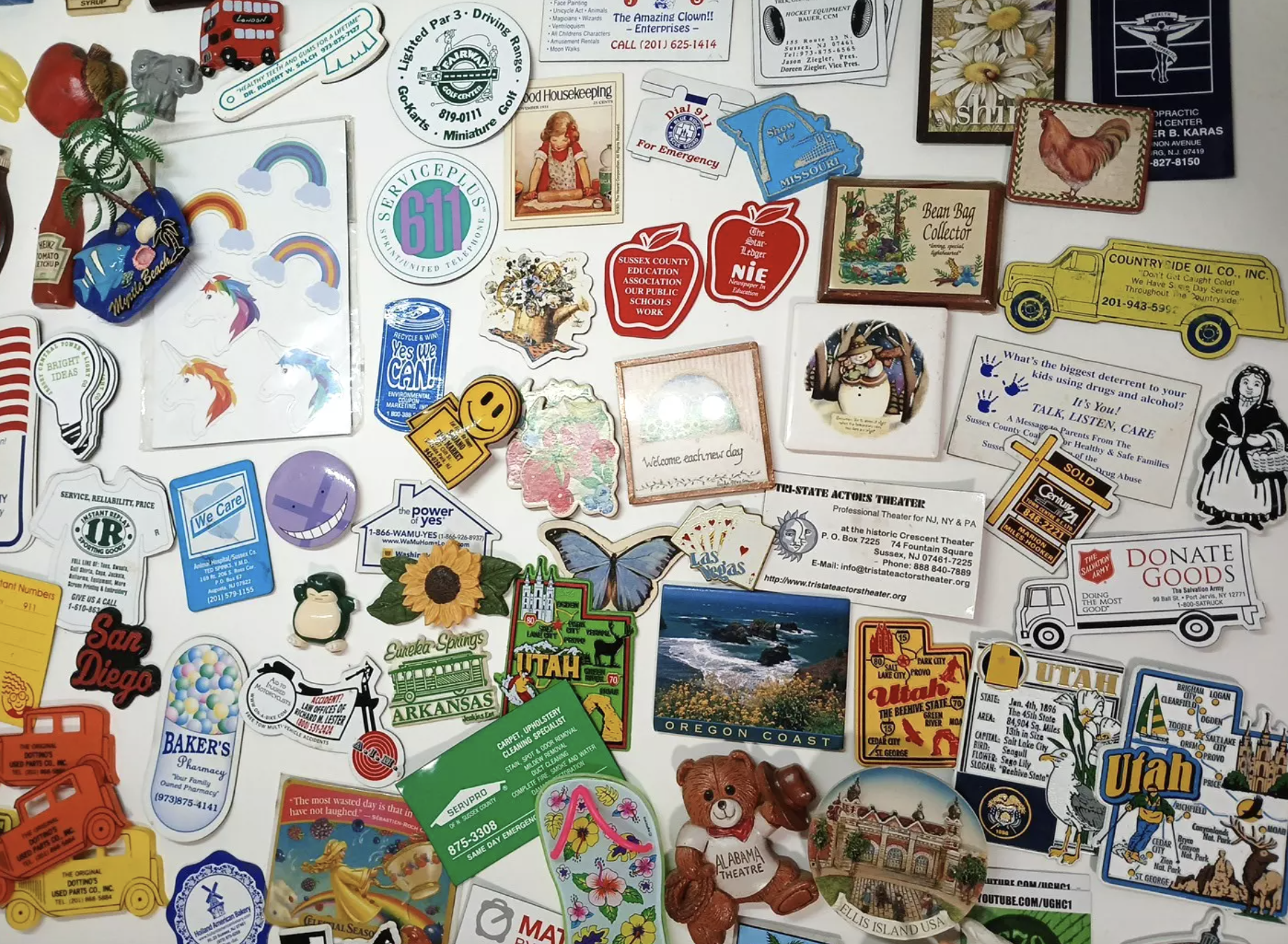
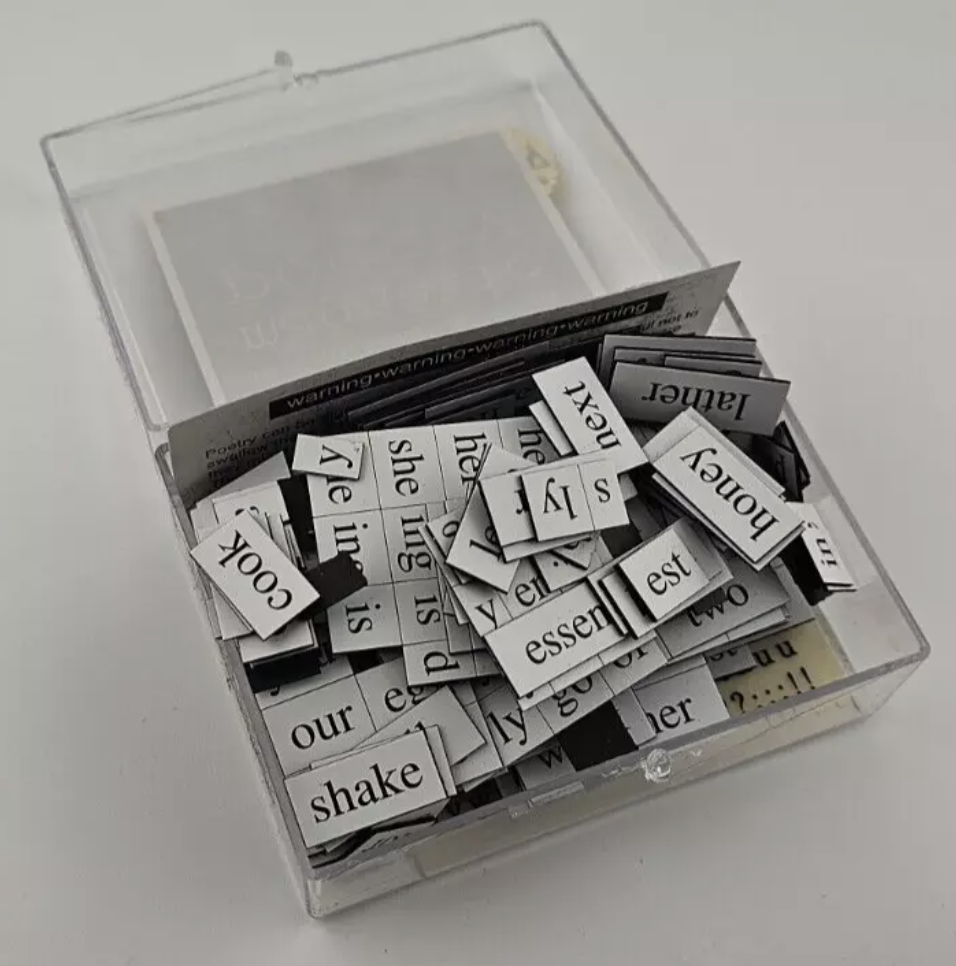
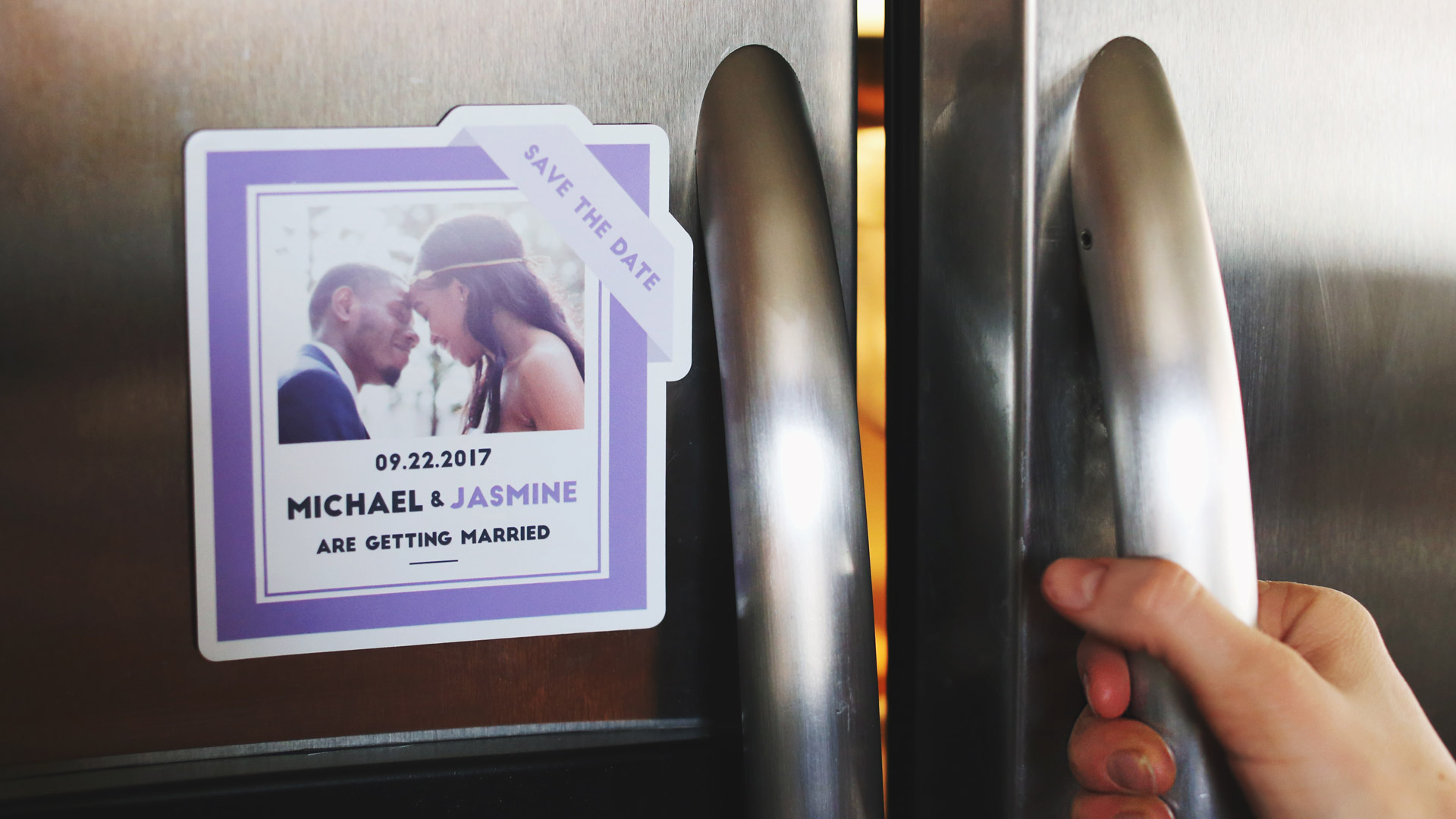
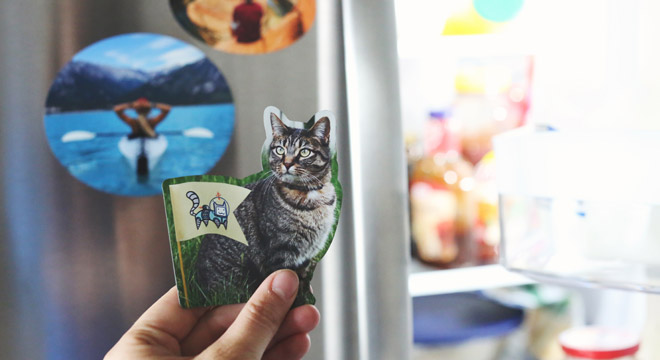
Kommentare